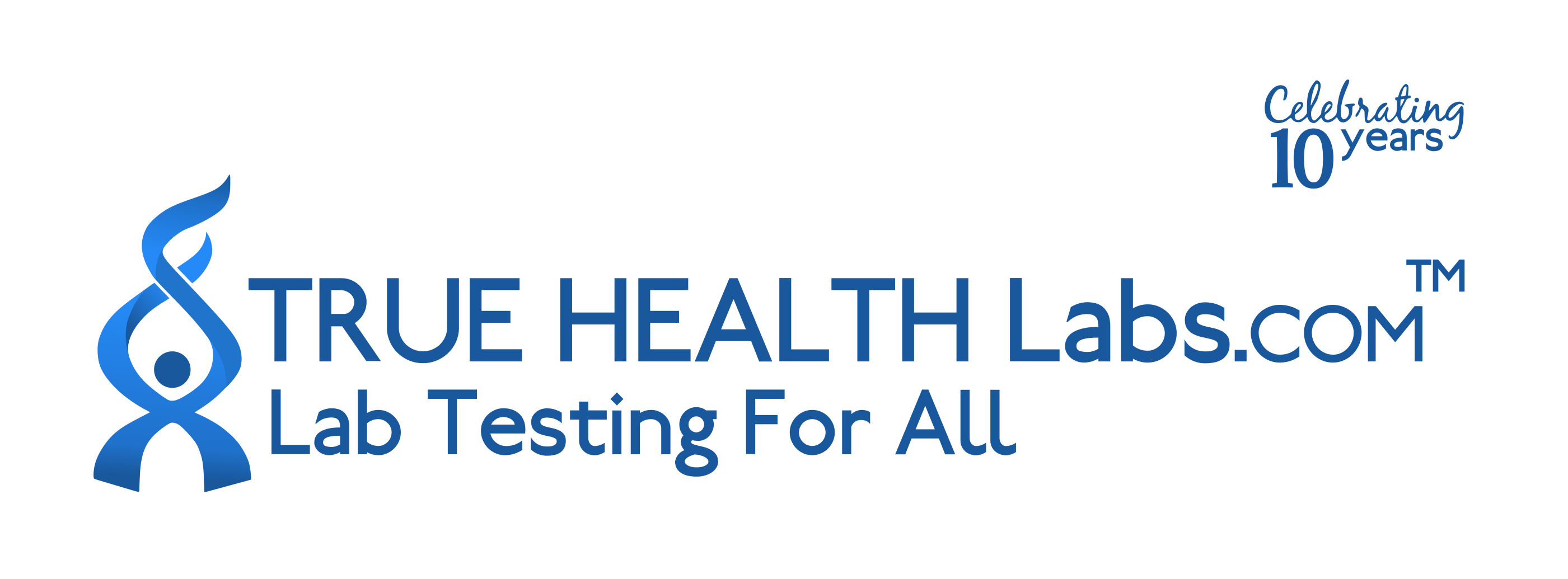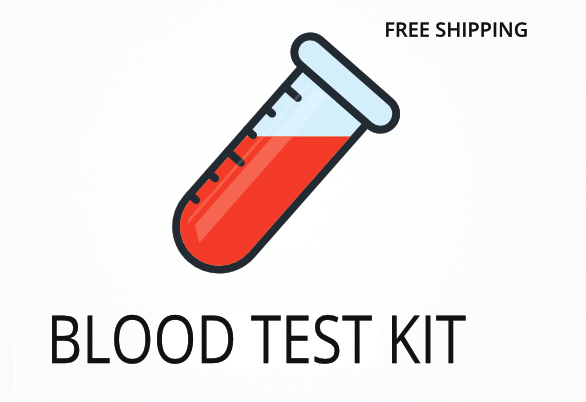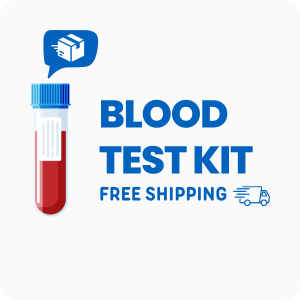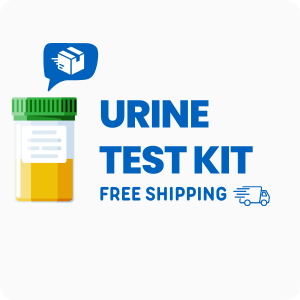Ordering the Copper + Zinc Profile | Great Plains Labs
The Copper + Zinc Profile from Great Plains Labs helps measure the balance of two important trace minerals that play a role in energy, immune response, and cell repair. This test can help identify if mineral levels are out of range, which may affect how the body handles stress, inflammation, and nutrient absorption. Interestingly, copper and zinc levels can also influence how the body uses antioxidants, which help protect cells from damage.
Ordering this test can help you:
- Check for mineral imbalances that may affect energy and mood
- Identify possible causes of unexplained fatigue or hair loss
- Monitor the impact of dietary changes or supplements on mineral status
- Support evaluation of chronic joint pain or inflammation
- Track changes in mineral levels during long-term illness or recovery
Who Should Consider Trace Mineral Balance Testing
People who have ongoing tiredness, frequent infections, or changes in skin or hair may benefit from this test. For example, someone who has been feeling more tired than usual, notices more hair shedding, and has had more frequent colds might want to check their copper and zinc levels to see if a mineral imbalance is contributing to these changes.
Ordering this test may also be helpful if you:
- Have digestive issues that affect how your body absorbs nutrients
- Are experiencing mood swings or trouble focusing
- Notice slow wound healing or frequent skin problems
- Have unexplained joint pain or muscle aches
- Are following a vegetarian or vegan diet, which can sometimes affect zinc and copper intake
Testing for mineral balance can help pinpoint if low or high levels are linked to symptoms like tiredness, poor immune response, or skin changes. Delaying this test could mean missing the chance to adjust your diet or supplements early, which may help prevent symptoms from getting worse.
Preparing for Your Trace Elements Lab Test
Fasting is not required for this test, but always check the test kit instructions for any special preparation steps. Make sure to carefully follow any directions your doctor or healthcare provider gives you to help get the best results.
Labs Included When Ordering Your Copper + Zinc Profile | Great Plains Labs
| Test Name | Reference Range | What This Biomarker Means | Low and High Levels of Copper + Zinc Profile |
|---|---|---|---|
| Ceruloplasmin | 20-60 | Ceruloplasmin is a protein that carries copper in the blood and helps with iron use and antioxidant defense. It is important for moving copper to where it is needed in the body. |
High levels mean inflammation or infection may be present, or copper is building up in the body.
Low levels mean possible copper deficiency or a problem with liver function. |
| Ceruloplasmin Copper | 15-45 | Ceruloplasmin copper measures the amount of copper attached to ceruloplasmin, showing how much copper is being safely carried in the blood. This helps check for copper overload or shortage. |
High levels mean copper is being carried in the blood at higher amounts, which can happen with inflammation or copper excess.
Low levels mean there may not be enough copper available for the body’s needs. |
| Copper, Serum | 70-140 | Serum copper shows the total amount of copper in the blood. Copper is needed for making energy, forming blood cells, and keeping nerves and the immune system working well. |
High levels mean copper is building up, which can cause symptoms like tiredness, mood changes, or joint pain.
Low levels mean copper may be too low, which can lead to anemia or weak immune response. |
| Copper:Zinc Ratio | 0.7-1.0 | The copper to zinc ratio compares the levels of these two minerals. A balanced ratio supports immune function, mood, and how the body handles stress and inflammation. |
High levels mean copper is high compared to zinc, which can affect mood, energy, and immune response.
Low levels mean zinc is high compared to copper, which can impact wound healing and skin health. |
| Nonceruloplasmin Copper | <1.6 | Nonceruloplasmin copper is the amount of copper not attached to ceruloplasmin. This form can be more toxic and is checked to see if copper is building up in tissues. |
High levels mean copper is not being carried safely and may build up in organs.
Low levels mean most copper is being carried safely by ceruloplasmin. |
| Zinc, Serum | 70-120 | Serum zinc shows how much zinc is in the blood. Zinc is needed for wound healing, immune response, and making proteins and DNA. |
High levels mean zinc intake may be too high, which can affect copper levels and cause stomach upset.
Low levels mean zinc may be too low, which can slow healing and weaken immune response. |
Reference ranges may change slightly as labs update their guidelines, so always check your report for the most current values.
Copper + Zinc Profile FAQ
Is there Copper + Zinc Profile testing near me?
This is a test kit that can be collected at a local draw site—check the draw location link at the top of the page. If you have ongoing tiredness or skin changes, having a nearby collection site makes it easier to get tested without delay.
How do I interpret the test results?
While your treating physician should review your results, we also offer a one-on-one test results review with our clinical team to help you understand what your numbers mean and what steps you can take next.
What is the cost of the test?
The price listed for this test includes standard shipping to you and return shipping to the lab, but draw fees may apply. Ordering this test can help you find out if mineral imbalances are linked to symptoms like fatigue or hair loss, so you can address them sooner.
How often should I retest?
Retesting is usually recommended every 3-6 months if you are making changes to your diet or supplements, or if your symptoms change. Regular testing helps track progress and shows if your mineral levels are moving in the right direction.
How accurate is the test?
This test uses advanced spectrophotometry and immunoassay methods to measure copper and zinc levels, with a specificity of 98% and sensitivity of 97%. TrueHealthLabs.com partners with CLIA-certified and CAP-certified laboratories to uphold rigorous testing standards for dependable results.
Important Notes
- This test can not be collected or mailed from New York State. Contact us with questions.
Medical Review Board
Reviewed by Jeff Donohue M.D. from Body Logic and Brady Hurst DC, CCCN. Written by True Health Lab’s team of editorial health contributors.
Disclaimer: This information is for educational purposes only and not intended as medical advice. Consult your healthcare provider for personalized guidance.
Why Customers Trust True Health Labs - What People are saying
Also rated 4.6 out of 5 based on 3452 ShopperApproved reviews- See all TrueHealthLabs.com reviews.








